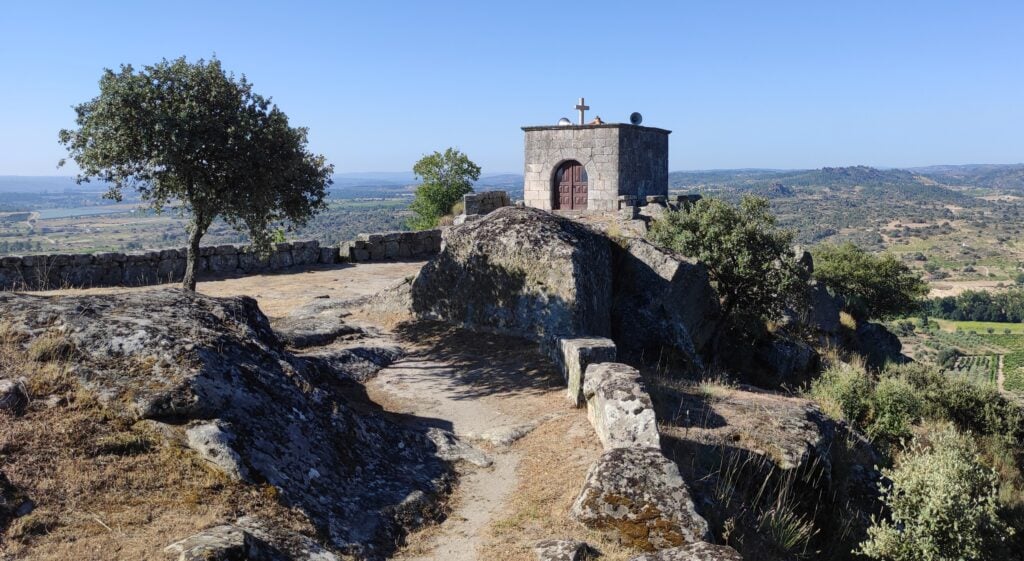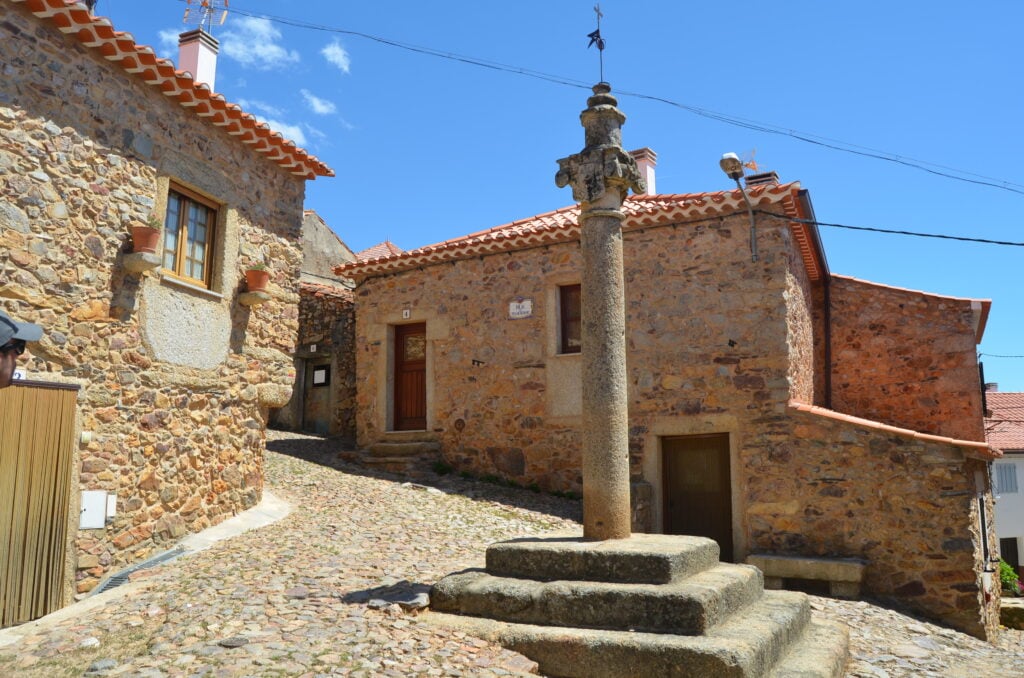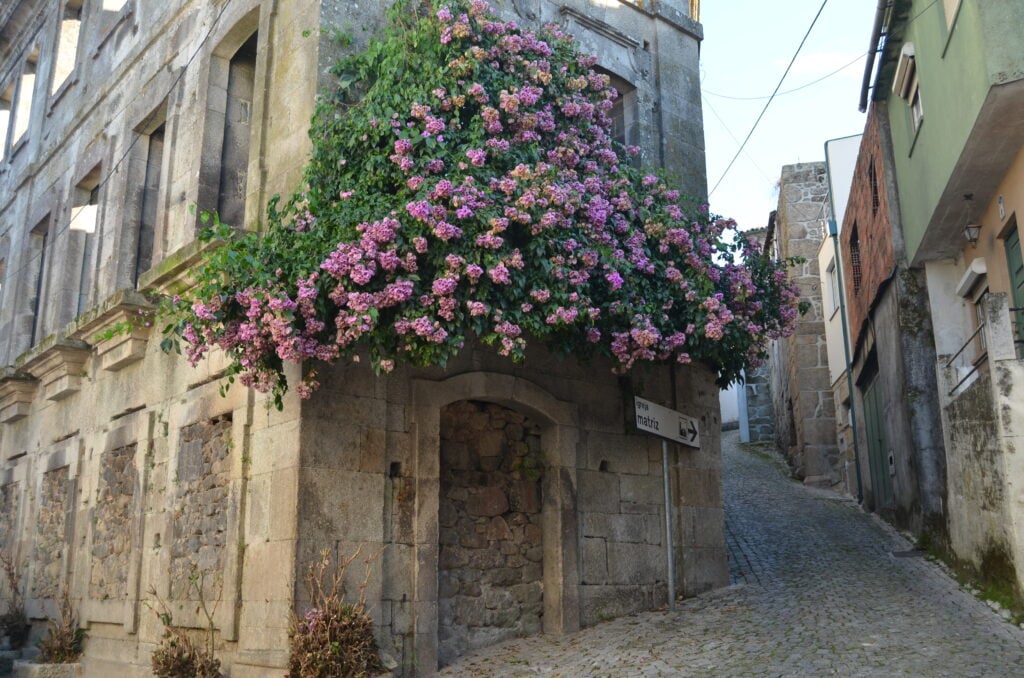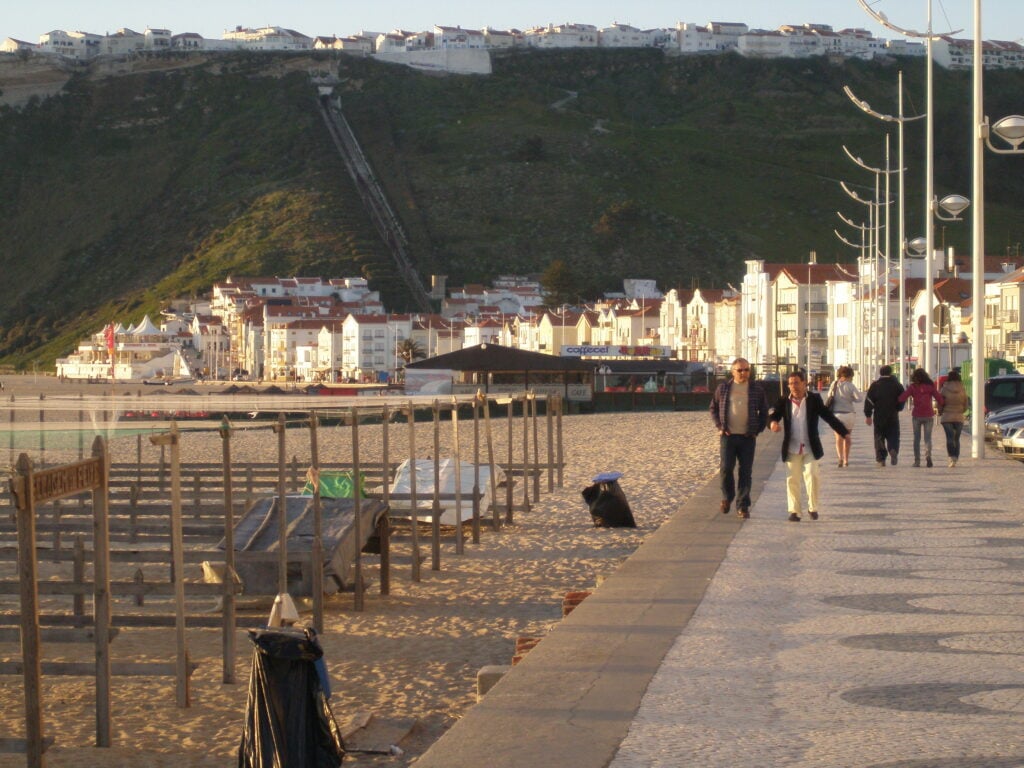We need to know how to interpret and distinguish legends from reality, as well as why these legends exist in the culture of each people and region. Portugal is a country extremely rich in stories, myths, and ancient legends, which inspire customs and superstitions. There are hundreds of Portuguese legends, tales, sayings, and popular beliefs that make our culture so rich and interesting.
Told in the evenings in the cold winters by our ancestors, from werewolves to fairies, witches to mermaids, ghosts and feathered souls to the miracles of saints, there isn’t a creature that our folklore doesn’t include, with the exception, perhaps, of vampires, because this isn’t a subject that is part of our legendary imagination.
But not all Portuguese legends are about creatures and monsters. Many of them reveal lands and people of courage, stories of revenge, justice, impossible loves, and perfect loves, others concern true events but with touches of imagination, probably to increase the dramatic or heroic charge of what really happened.
In fact, legends are such an important part of Portugal’s core that some even precede the country’s history, such as the legend of the Battle of Ourique. The legend goes that shortly before the battle, Afonso Henriques was visited by an old man, whom the man who would become Portugal’s first king four years later believed he had seen in his dreams.
The man gave him a prophetic revelation of victory. He also told him to leave the camp alone the following night, as soon as he heard the bell from the hermitage where the old man lived. The king did so.
It was then that a ray of light illuminated everything around him, allowing him to gradually make out the Sign of the Cross and Jesus Christ crucified. Overcome with emotion, he knelt down and heard the voice of the Lord, who promised him victory in this and other battles. The next day, Afonso Henriques won the battle.
According to legend, King Afonso Henriques then decided that the Portuguese flag would have five shields, or quinas, in a cross, representing the five vanquished kings and the five wounds of Christ.
There are so many myths that have shaped this country that it would be impossible and unfair to contain them all in a single article, so I’ve decided to create a series that will cross the country from north to south. In this article, we’ll visit the legends that have the center of Portugal as their backdrop. Let’s get to it!
Legend of the Lady with Goat’s Feet

It is said that Dom Diogo Lopes, noble lord of Biscay, was hunting in his domains and while waiting for a wild pig, he was surprised in the distance by the beautiful singing of a beautiful woman. He was so enchanted that he offered her his heart, his lands, and his vassals if she would marry him.
The lady imposed on him the only condition that he should never bless himself again. It wasn’t until some time later, back in his castle, that Diogo realized that the lady had a forked foot, like that of a goat. Nevertheless, they lived many happy years and from this union, they had two children: Inigo Guerra and Dona Sol.
One day, after a good hunt, Dom Diogo rewarded his big hound with a bone, but his wife’s black podenga killed the dog to take possession of the piece of wild boar. Surprised by such violence, Dom Diogo blessed himself.
The Lady with Goat’s Feet gave a cry and began to rise into the air with her daughter Dona Sol, both of them leaving through a window under a pitch-black starry sky, never to be seen again. Overcome with grief, Dom Diogo decided to go to war against the Moors for years, ending up as a captive in Toledo.
Not knowing how to rescue his father, Dom Inigo decided to look for his mother, who had become, according to some, a fairy and, according to others, a lost soul. The Lady with the Goat’s Foot decided to help her son by giving him an onagro, a kind of wild horse, which transported him to Toledo.
The onagro opened the cell door with a kick and the father and son rode away, but on the way they came across a stone cross which caused the animal to stop. The voice of the Goat-footed Lady instructed the onagro to avoid the cross.
Hearing that voice, after so many years and unaware of his son’s alliance with his mother, Dom Diogo Lopes blessed himself, which caused the onagro to spit them out of the cell, the earth to tremble and open, letting the fire of Hell be seen, which swallowed the animal. With the fright, father and son fainted.
Dom Diogo, in the few years he still lived, went to mass every day and went to confession every week. Dom Inigo, on the other hand, never entered a church again and it is believed that he had a pact with the Devil, because from then on, there was no battle he wouldn’t win.
Legend of the Shepherd and the Star

This is the story of a poor shepherd who lived in a sad village and whose only companion was a dog.
This shepherd gazed at the horizon and his heart was filled with the hope of one day traveling beyond the mountains that surrounded his village.
One moonlit night, as the shepherd gazed up at the starry sky, a tiny star with a child’s face came down and told him of his desire. It was there because of God’s will, to guide the shepherd wherever he wanted to go.
From then on, the star never left the shepherd, smiling down at him from the sky night after night.
Then came the day when the shepherd decided to leave and called the star. The old men of the village shook their wise heads at such folly.
The shepherd set off and walked for endless years. His dog couldn’t endure the hard journey and was left by the wayside, marked by a stone sign. The shepherd cried and continued in search of his destiny, growing old together with the star until one day they reached their destination, the highest mountain, the one closest to the sky, and there they stayed together.
The king of the region sent him emissaries with promises of power and fortune in exchange for the star. The shepherd replied that the star was not his but heaven’s and that he would never abandon it.
Legend has it that even today, from the Estrela mountain range, you can see a star that shines brighter than the others, out of longing and love for a shepherd. If you’re planning a visit, make sure you read out Serra da Estrela guide before you head there.
Legend of the Pledge of Justice

A local legend tells that Dom Garcia, the mayor of Penha Garcia Castle, had long been courting Dona Branca, a young woman of rare beauty, the daughter of the powerful governor of Monsanto, another nearby historical village.
The story goes that on a stormy night, Garcia kidnapped Branca from her father’s house. That same night, the governor ordered his soldiers to search and chase Garcia all over the countryside in order to capture him and bring him to justice. After months of relentless pursuit through the lands of Beira, Dom Garcia was finally captured on the slopes of the mountains by the governor’s men.
Although practices of this kind at the time were punishable by capital punishment, in the face of his daughter’s insistent pleas to her father, the powerful governor spared Garcia’s life, condemning him to the loss of his left arm as a pledge of justice.
It is said that for centuries, many people have seen the ghost of the severed Dom Garcia on stormy nights. According to the locals, the legendary figure of the severed Dom Garcia continues to watch over the hill overlooking Monsanto from the top of the towers.
Both Penha Garcia and Monsanto are part of the Historical Villages Network and we have just the perfect guide to navigate you through all of them once you go there!
Legend of Aldeia das Dez

The legend of Aldeia das Dez (literally “the village of the ten”) has its origins in the Reconquest of the Iberian Peninsula and is linked to the village’s current name. According to the legend, during the Christian Reconquest, ten women found a treasure in a cave on the slopes of Monte do Colcurinho. According to oral tradition and some surviving documents, this treasure had a value beyond the material.
These women would have realized its importance and, in a pact that persists to this day, they would have separated the pieces that made it up and passed them down from generation to generation – keeping the secret they contain unsolved to this day. Little is known about the composition of this secret.
As for the treasure, it is believed to include Antonini coins with encrypted inscriptions – one of which is found embedded in the frame of a painting that tells this legend. Little else is known about this painting, apart from the fact that it resurfaced in the middle of the 20th century in an antique shop in Oliveira do Hospital, only to disappear again.
It was painted by one of the descendants of the ten women and it is believed that portraying the legend may offer a key to its secret. If you want to give it a go and try to solve this mystery for yourself, make sure you check out our guide for the Schist Villages, of which Aldeia das Dez is part.
Legend of the Lady of Nazaré

Legend has it that at dawn on September 14, 1182, Dom Fuas Roupinho, alcalde of the castle of Porto de Mós, was hunting along the coast, surrounded by dense fog, near his lands, when he spotted a deer that he immediately began to chase.
The deer, which many claim is the Devil, headed for the top of a cliff. Dom Fuas, in the fog, isolated himself from his companions. When he realized he was at the top of the cliff, on the edge of the precipice, in mortal danger, he recognized the place.
He was standing next to a grotto where an image of the Virgin Mary with the Child Jesus was being venerated. He then cried out in a loud voice: “Lady, help me!“. Immediately, the horse miraculously came to a standstill, planting its legs on the rocky cliff suspended above the void, the Bico do Milagre, thus saving the rider and his mount from the certain death that would have come from a fall of more than a hundred meters.
People say that you can still see the marks of Dom Fuas Roupinho’s horseshoes on the rock. After this, legend has it that Dom Fuas Roupinho dismounted and went down to the cave to pray and give thanks for the miracle.
He then had his companions call in masons to build a chapel over the grotto in memory of the miracle, the Ermida da Memória, where the miraculous image could be displayed for the veneration of the faithful.
Before plastering the grotto, the masons tore down the existing altar, and among the stones, unexpectedly, they found an ivory chest containing some relics and a parchment in which they identified the relics as those of St. Brás and St. Bartholomew, and also told the story of the small polychrome wooden image depicting the Blessed Virgin Mary sitting on a low stool breastfeeding the Child Jesus.
According to the parchment, the image had been venerated since the early days of Christianity in Nazareth, Galilee, and was saved in the 5th century from the iconoclastic movements by the Greek monk Cyriacus. He transported it to the monastery of Cauliniana, near Mérida, where it remained until 711, the year of the battle of Guadalete, after which, defeated by the Muslims, the Christian forces fled north.
The image was then brought by Friar Romano, a monk from Cauliniana, and by King Rodrigo, the last Visigoth king. Faced with the Islamic advance, the King and Friar Romano, one of the monks living there, decided to leave for safety, taking with them the small Marian image, a chest, and a box with relics, as well as an account of the circumstances of their escape.
They arrived at Mount St. Bartholomew, near what is now Nazareth. The monarch and the monk split up, with the former remaining at the site and the latter taking the icon along with the relics to a nearby hill.
There, Friar Romano built a small niche between the rocks for shelter. When he died and Don Rodrigo left for the north, the image was forgotten in the small lapa built by the monk on the present-day promontory of Sítio (of Nazaré). You can learn more about this site, as well as many others, in our Nazaré City Guide.
Last Thoughts
Portuguese legends are not just stories from the past; they are threads woven into the tapestry of national identity, shaping world views and passing on values from generation to generation. Each tale, such as the epic Battle of Ourique, not only feeds the collective imagination but also influences national symbols, such as the chevrons on the flag.
The center of Portugal is a region that is often forgotten, in limbo between Lisbon and Porto, between Spain and the Atlantic. And many of the region’s legends reflect precisely this feeling of isolation, of distance, of subsistence. This region, especially the interior, is also one of the regions that still keeps many of these legends and traditions alive to this day.
Just as Tolkien believed, these legends are not just fiction; they are reflections of deep truths that resonate through the centuries. The richness of Portuguese culture lies not only in its documented history but in the narratives that dwell in the hearts of the people, continuing to inspire and enchant each generation that delves into these timeless stories.
Thus, Portuguese legends remain not only as accounts of the past but as windows to understanding the soul of a people and the essence of their rich heritage.
Make sure you explore the country through its legends in these other articles: Northern Portugal’s Folk Tales, Lisbon Region’s Folk Tales, Southern Portugal’s Folk Tales, and Portuguese Islands’ Folk Tales.


